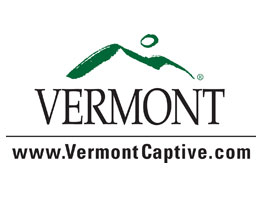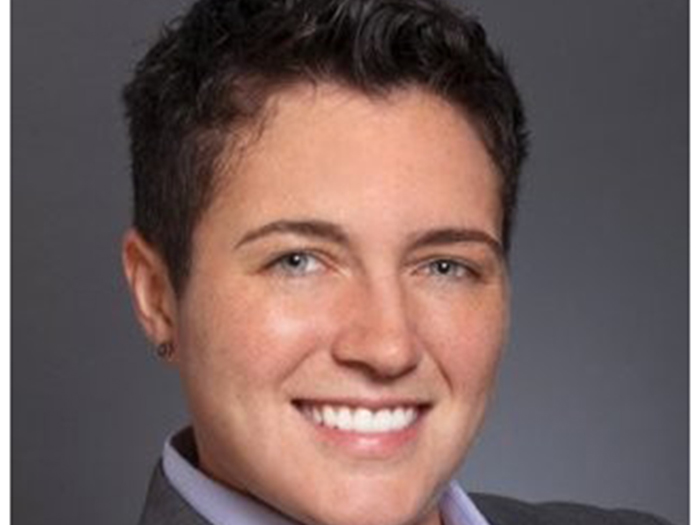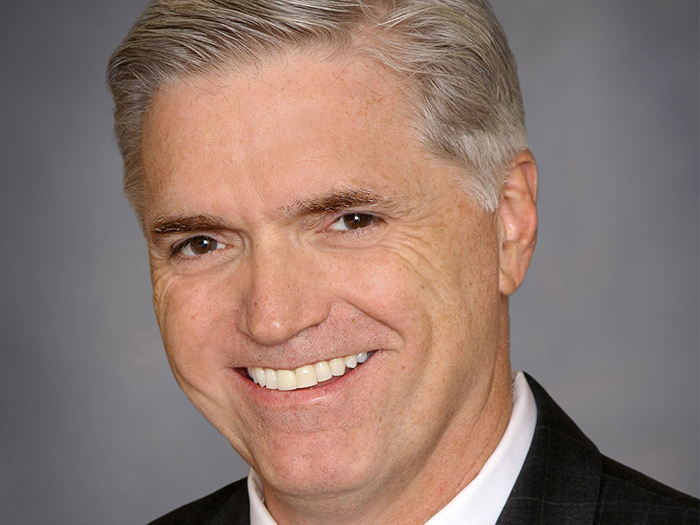White Paper
Vermont’s Blueprint for Succession Planning Success
White Paper Summary
Succession planning should be at the heart of any reputable business or organization.
It’s vital to put a plan in place to ensure that entity’s continuity over the long-term, and to avoid any shocks or sudden changes.
But in the insurance captive industry, succession planning is more challenging than for most other fields.
The Baby Boomer generation that started the industry in the 1980s is retiring and there aren’t enough new professionals coming into the industry to fill the void. The problem has been exacerbated by the COVID-19 pandemic and the Great Resignation of 2021.
Vermont, however, is a prime example of a domicile that’s bucking the trend and creating a blueprint for others to follow. With a 40-plus-year history of stability, the state’s Department of Financial Regulation’s Captive Insurance Division has been actively promoting from within wherever possible and its workforce’s longevity is evidenced by its low turnover rate.
The Division’s succession planning has been epitomized by the recently announced transition of its Director of Captive Insurance, Sandy Bigglestone, into the Deputy Commissioner’s role. With Dave Provost retiring from the role in the summer, Bigglestone, who has been with the Division since 1997 and, in fact, hired Provost in 2001, will step up to replace him.
It’s a move that has been in the offing for some time, with the pair working closely together and Bigglestone getting to know the role inside out over the last 14 years. Having started as an entry-level examiner and worked her way up, she also has a deep understanding of what is required through her interaction with the National Association of Insurance Commissioners and its accreditation program, as well as the legislative and budget processes.
“Succession planning should be an ongoing thought process,” said Bigglestone. “Organizations need to look at their leadership pipelines and make sure they have a plan in place for when the time comes for the person at the top to move on.”
“In Vermont’s case, strong regulatory continuity is key for the captive industry we serve. It’s testament to our job satisfaction and retention that many of our senior people have held key leadership positions for so long.”
“Our team is fully vested in and wants to contribute to the industry’s success. That type of commitment will ensure we are sustainable moving forward.”
To learn more about State of Vermont, please visit their website.







